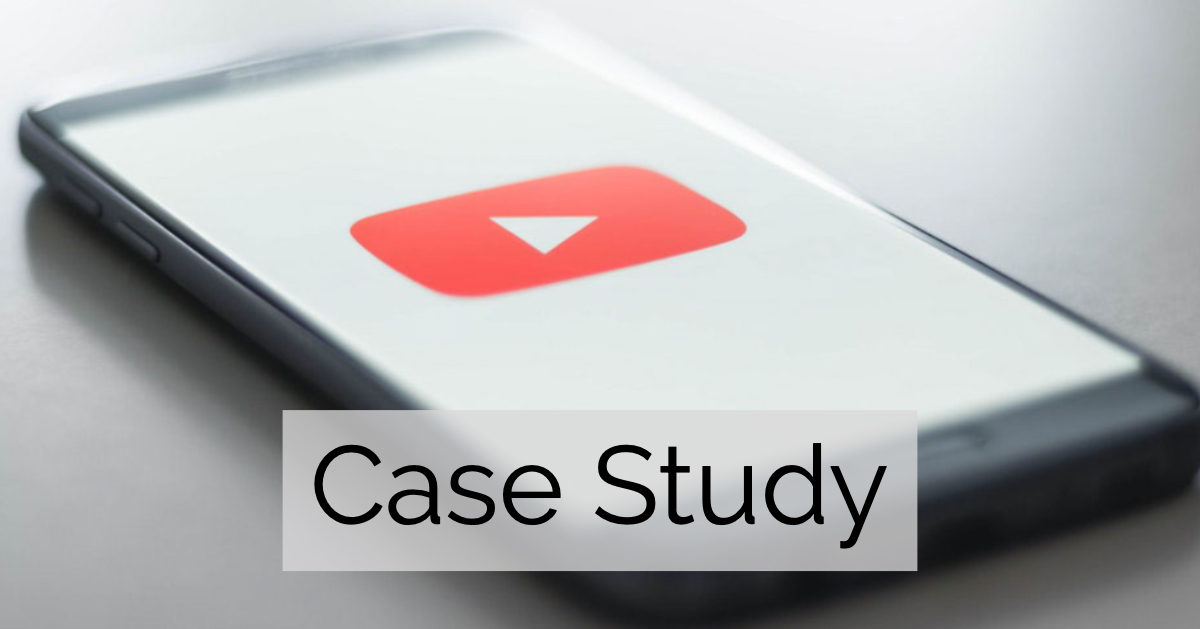Video uploaded to social media sites must be authenticated in order to be admissible. The question of what level of proof is required to meet the authentication requirement was explored recently in United States v. Pettway, 2018 WL 4958962 (United States District Court, W.D. New York).
The defendant was convicted by a jury of various drug and weapon counts. Thereafter, he filed a motion for a new trial, arguing that the trial judge erred in admitting a YouTube rap video purportedly showing the defendant bragging about his involvement in the very criminal activity that formed the basis of his conviction. Specifically, the defendant argued that the government violated Federal Rule of Evidence 901 by failing to authenticate the tendered video. The government relied heavily upon the video in its case and in its closing address to the jury, arguing that the defendant largely admitted to his criminal activity in the video. It claimed that ample proof of authentication was offered at trial.
The investigator found the video on the internet and testified that he recognized the defendant in the video based on his observations of the defendant in court. No proof was offered as to who created the video or who uploaded it to YouTube. Most importantly, the defendant argued, no evidence was led as to identification of the voice heard in the rap video.
The government countered that sufficient evidence of authentication had been led, including the following:
- The investigator identified the defendant in the video.
- Witnesses identified the rap label shown in the video as being that of the defendant.
- Evidence was led that the defendant produced rap videos and had a rap studio.
- A defense witness testified that he recognized the defendant’s voice on the video.
In setting out the relevant legal test, the Court cited applicable case law and noted that proof of authenticity can be direct or circumstantial in nature. Distinctive characteristics in the video itself can be used for authentication. The proponent is not required to prove authenticity on the trial standard of proof beyond a reasonable doubt. Rather, the proponent must demonstrate that there is a reasonable likelihood that the item in question is that which the proponent claims it to be. This is a considerably lower standard than proof beyond a reasonable doubt.
The Court also differentiated between the question of the video’s admissibility and the weight to be accorded it by the jury. Citing from United States v. Vayner, 769 F.3d 125, 130 (2d Cir. 2014), the Court stated:
“[A]fter the proponent of the evidence has adduced sufficient evidence to support a finding that the proffered evidence is what it is claimed to be, the opposing party ‘remains free to challenge the reliability of the evidence, minimize its importance, or to argue alternative interpretations of its meaning, but these and similar other challenges go to the weight of the evidence—not its admissibility.” Id. At 131 (quoting United States v. Tin Yat Chin, 371 F.3d 31, 35-38 (2d Cir. 2004) (emphasis in original)). The question on authentication is whether sufficient evidence existed to create a reasonable likelihood that the video was what the government claimed it to be: a video downloaded from YouTube that depicted the Defendant performing rap music.
Relying on Vayner, the Court noted that there is no hard and fast rule as to what type of information is required to authenticate a proposed exhibit; it all depends on context. Bearing this in mind, the Court stated:
Here, the context is that the government sought to introduce a video of defendant in a rap video where he rapped about criminal activity similar to that with which he was charged; the witness explained the source of the video, how he discovered it, and identified Defendant as the person depicted in the video. Defendant does not dispute that the video came from YouTube, or that the video was present on that website. He also does not dispute that he was the man in the video, or that the man in the video appeared to be rapping. The witness’s explanation about the source of the video was sufficient for a jury to be able to determine that the video was what the government said it was, given the circumstantial evidence in the case and the purpose for which the government introduced the evidence. The government did not produce evidence that would have demonstrated who uploaded the video to YouTube, but such evidence was not necessary for juror to determine that the video was what the government claimed it to be. Who uploaded the video was immaterial to that question. Similarly, while a voice expert would have helped a jury determine whether Defendant was the person whose voice was heard on the video, that question was one about what weight to give the evidence, not whether the evidence was properly authenticated. Indeed, other witnesses testified on that issue. As such, jurors had sufficient information to determine that the evidence was what the government said it was, and the motion will be denied in this respect as well.
This case is helpful when considering what evidence is required to authenticate social media video. The collective authentication evidence in this case fell at the low end of the authentication evidence spectrum in that there was no evidence as to who recorded the video, who uploaded it, whether it had been edited, nor any evidence about the metadata of the video file. Typically, more evidence would be required to meet this threshold, yet the Court found that there was sufficient evidence to meet the threshold reasonable likelihood qualification test. This case shows the importance of context when assessing authenticity as well as the purpose for which the video is being used. When considering the use of social media evidence in a criminal prosecution, these are important principles to bear in mind.
